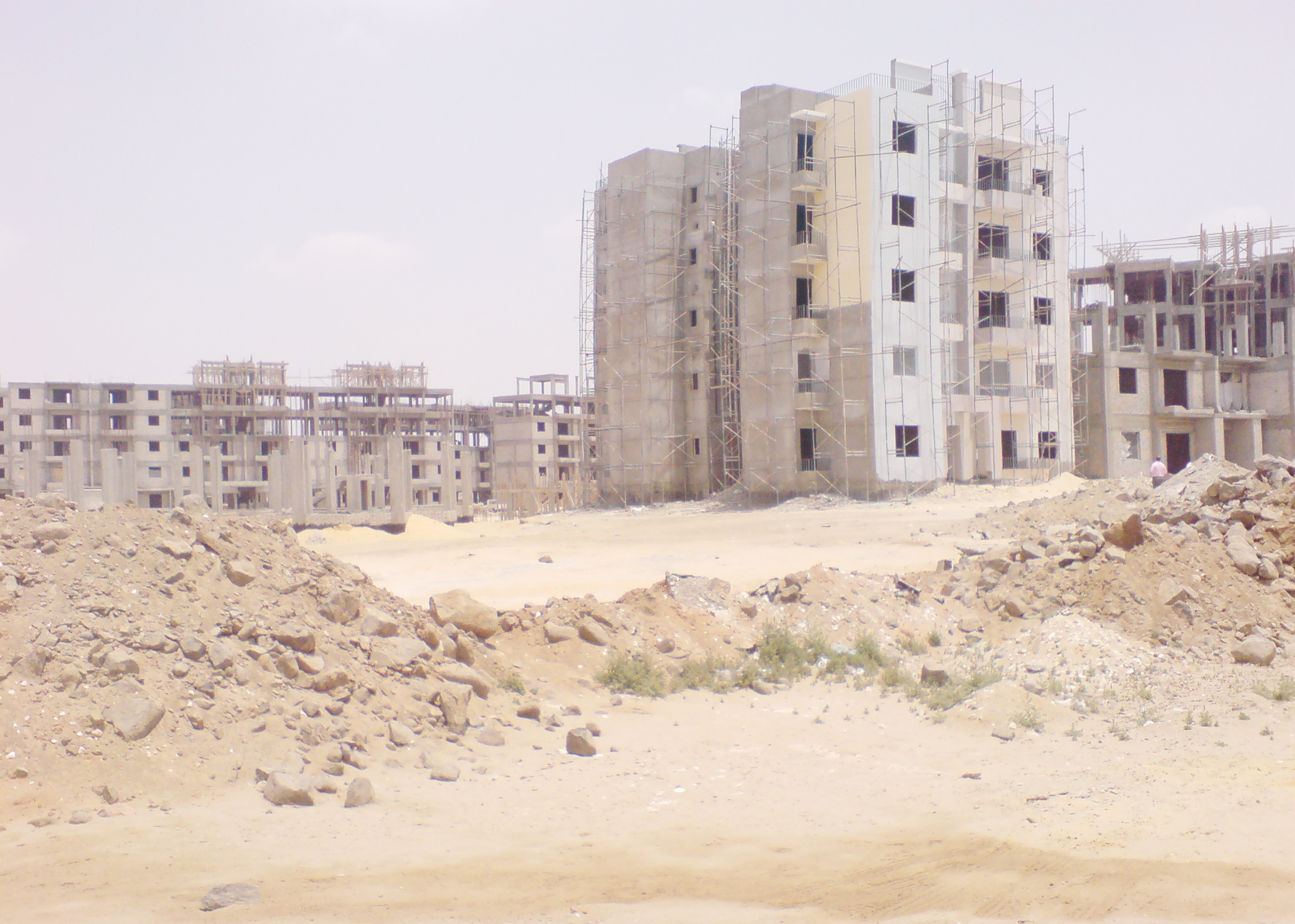The cabinet approved on Sunday the establishment of an economic authority to develop the Golden Triangle and create employment opportunities in Upper Egypt. The project is located in the Red Sea governorate in the Eastern Desert. It aims to develop the area extending from Edfu, south of Qena in the Nile Valley, to Marsa Alam on the Red Sea coast and Safaga in the north over 30 years.
The Ministry of Industry and Trade has announced in March 2015 that the Italian company D’Appolonia was recently selected to prepare the project’s plan and general scheme.
Minister of Industry and Trade Tarek Kabil expected in December that the region would attract investments of $16bn to finance various economic zones on an area of nearly 9,000 sqkm.
According to a statement issued by the cabinet on Monday, the project aims to redistribute the population from the Nile Valley to the Golden Triangle, adding that the area will include a number of mining, agriculture, and tourism projects.
Meanwhile, the cabinet approved during its weekly meeting on Sunday to assign the implementation of housing units and service buildings in the Third Residential Area in the New Administrative Capital to the Urban Development Consortium.
The cabinet’s statement read: “We have agreed to assign the permanent supervision of the implementation of residential buildings, villas, service buildings, and parks in the Third Residential Area in the New Administrative Capital and Sheikh Mohammed bin Zayed Residential Area to the Urban Development Consortium.”
The statement added that the winning engineering consulting firms should follow up on the implementation of the project to ensure high quality.
The Urban Development Consortium includes five consulting firms which are responsible for preparing the general scheme of the New Administrative Capital.
Egypt has signed a memorandum of understanding to build the New Administrative Capital during the Egypt Economic Development Conference (EEDC) which was held in Sharm El-Sheikh in March 2015.
The total cost of the project amounts to about $45bn over a period of 5-7 years. It will include 1.1 million residential units.




